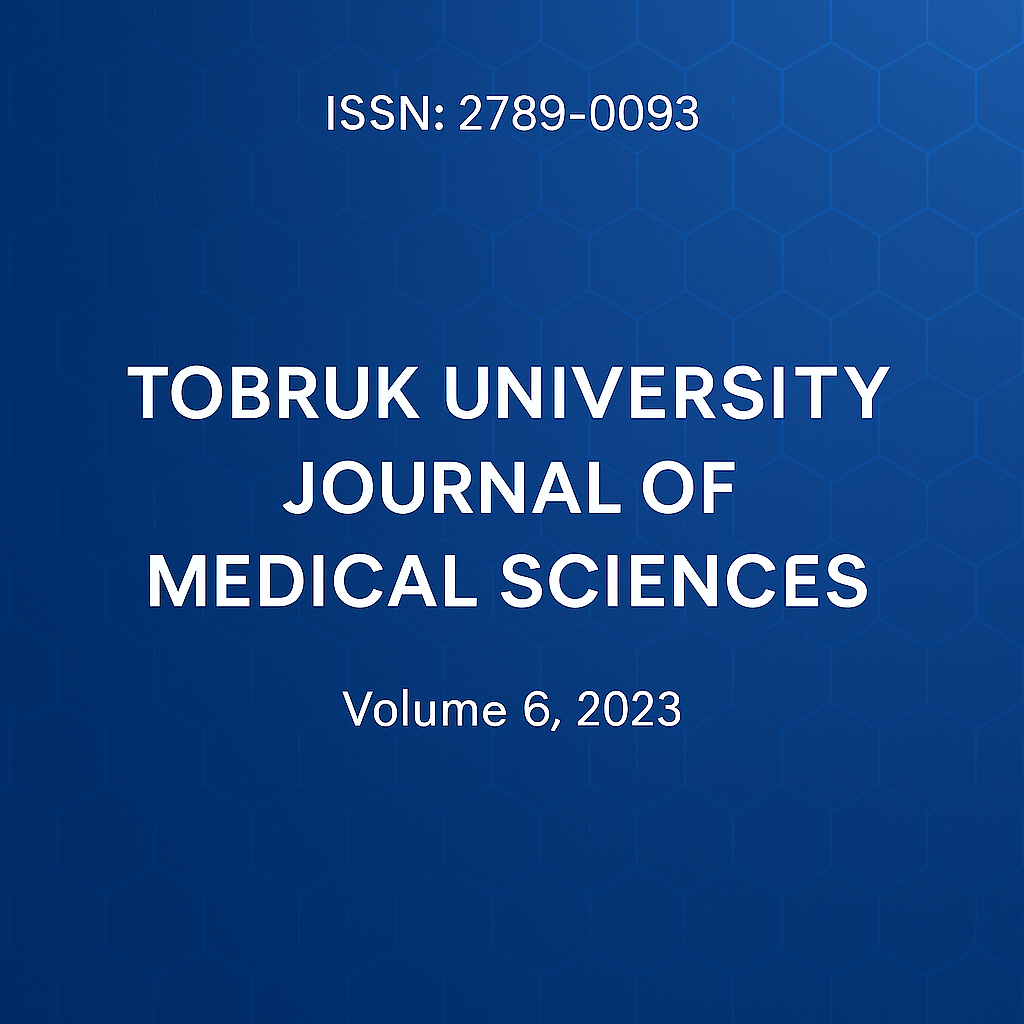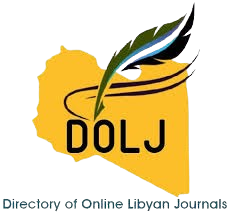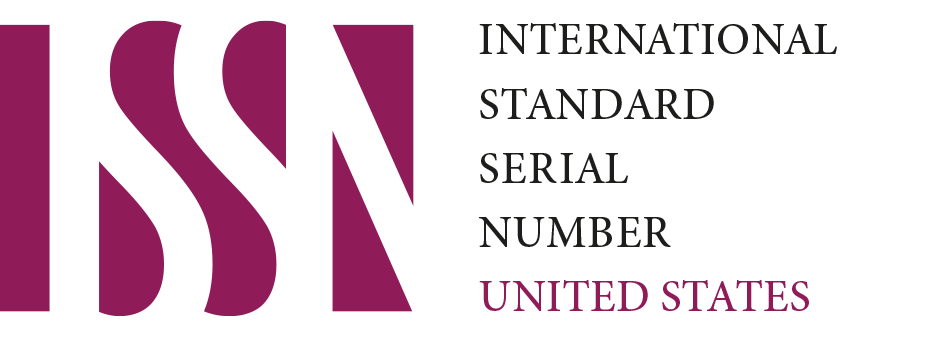Prevalence of Vitiligo in the Tobruk District, Libya
DOI:
https://doi.org/10.64516/s2pbsa98Keywords:
Autoimmune,, Focal,, Non-segmental,, Segmental,, Vitiligo.Abstract
Vitiligo, a common depigmenting skin disorder, has an estimated prevalence of 0.5–2% of the population worldwide. The disease is characterized by the selective loss of melanocytes which results in typical non scaly, chalky-white macules. In recent years, considerable progress has been made in our understanding of the pathogenesis of vitiligo which is now clearly classified as an autoimmune disease. Vitiligo is often dismissed as a cosmetic problem, although its effects can be psychologically devastating, often with a considerable burden on daily life. In 2011, an international consensus classified segmental vitiligo separately from all other forms of vitiligo, and the term vitiligo was defined to designate all forms of nonsegmental vitiligo. The current research data-based work was aimed to illustrate the differences in vitiligo types of distribution in a specific region (Tobruk region), in addition to determine the effect of the gender, age, family history and presence of other autoimmune disease in the pathogenesis of the disease as well as the treatment protocol. The data showed that non-segmental vitiligo was observed in more cases than segmental vitiligo, in contrast, gender differences showed no difference in the distribution of the vitiligo types whether segmental or non-segmental. Segmental vitiligo was more common in children while non-segmental cases were more in adults. Patients with vitiligo have some psychological issues and the treatment protocol should involve both topical and systemic medicaments. More studies should be conducted to evaluate the reasons why treatment protocols vary between patients and in some cases, patients do not adhere to the medicaments due to the long period of treatment.
References
1. Ezzedine K, Eleftheriadou V, Whitton M, van Geel N. (2015).Vitiligo. Lancet, 386(9988):74–84. Doi: 10.1016/S0140-6736(14)60763-7.
2. Pandiani C, Beranger GE, Leclerc J, Ballotti R, Bertolotto C. (2017). Focus on cutaneous and uveal melanoma specificities. Genes Dev. 31:724–43.
3. Le Cat M. Traité de la Couleur de la Peau Humaine. Amsterdam: 1765.
4. Ezzedine K, Lim HW, Suzuki T, Katayama I, Hamzavi I, Lan, CC, Goh BK, Anbar T, de Castro CS, Lee AY et al. (2012). Revised classification/nomenclature of vitiligo and related issues: The Vitiligo Global Issues Consensus Conference. Pigment Cell Melanoma Res, 25.
5. Passeron T. (2017). Medical and Maintenance Treatments for Vitiligo. Dermatol. Clin, 35, 163–170.
6. Passeron, T. (2020). First step in a new era for treatment of patients with vitiligo. Lancet, 396, 74–75.
7. Rosmarin D, Pandya AG, Lebwohl M, Grimes P, Hamzavi I, Gottlieb AB, Butler K, Kuo F, Sun K Ji T, Howell MD & Harris JE. (2020). Ruxolitinib cream for treatment of vitiligo: A randomised, controlled, phase 2 trial. Lancet, 396, 110–120.
8. R Speeckaert, J Lambert, V Bulat, A Belpaire, M Speeckaert, N van Geel (2020) Autoimmunity in segmental vitiligo Front Immunol, 11, p. 56:844-7.
9. McKesey J, Pandya AG. (2019). A pilot study of 2% tofacitinib cream with narrow-band UVB for the treatment of facial vitiligo. J Am Acad Dermatol, 81:646–8.
10. Joshipura D, Alomran A, Zancanaro P et al. (2018). Treatment of vitiligo with the topical Janus kinase inhibitor ruxolitinib: a 32-week open-label extension study with optional narrow-band ultraviolet B. J Am Acad Dermatol, 78:1205–7.
11. Sadeep MS, Sobhanakumari K, Anju BK. (2017). Journal of Evidence Based Medicine and Healthcare.
12. Huraib GB, AL Harthi F, Arfin M, Aljamal A, Alrawi AS, ALAsmari A. (2020). Association of Functional Polymorphism in Protein Tyrosine Phosphatase Nonreceptor 22 (PTPN22) Gene with Vitiligo. Biomarker Insights, 15, 1177271920903038.
13. Ramondetta A, Ribero S, Conti L et al. (2020) Clinical and pathological relevance of drug-induced vitiligo in patients treated for metastatic melanoma with anti-PD1 or BRAF/MEK inhibitors. Acta Derm Venereol, 100(1): adv00001.
Downloads
Published
Issue
Section
License
Copyright (c) 2023 Mohammed F. M. Elsady,, Rihab Faraj Abdulaziz, Abdulrhman Hilmi Abdulrhman, Asmaa Ataya Rajab, Fatima Muftah Naji, Nada Abdalmonsef Basher, Abdulnasir K Jahmi. (Author)

This work is licensed under a Creative Commons Attribution 4.0 International License.











